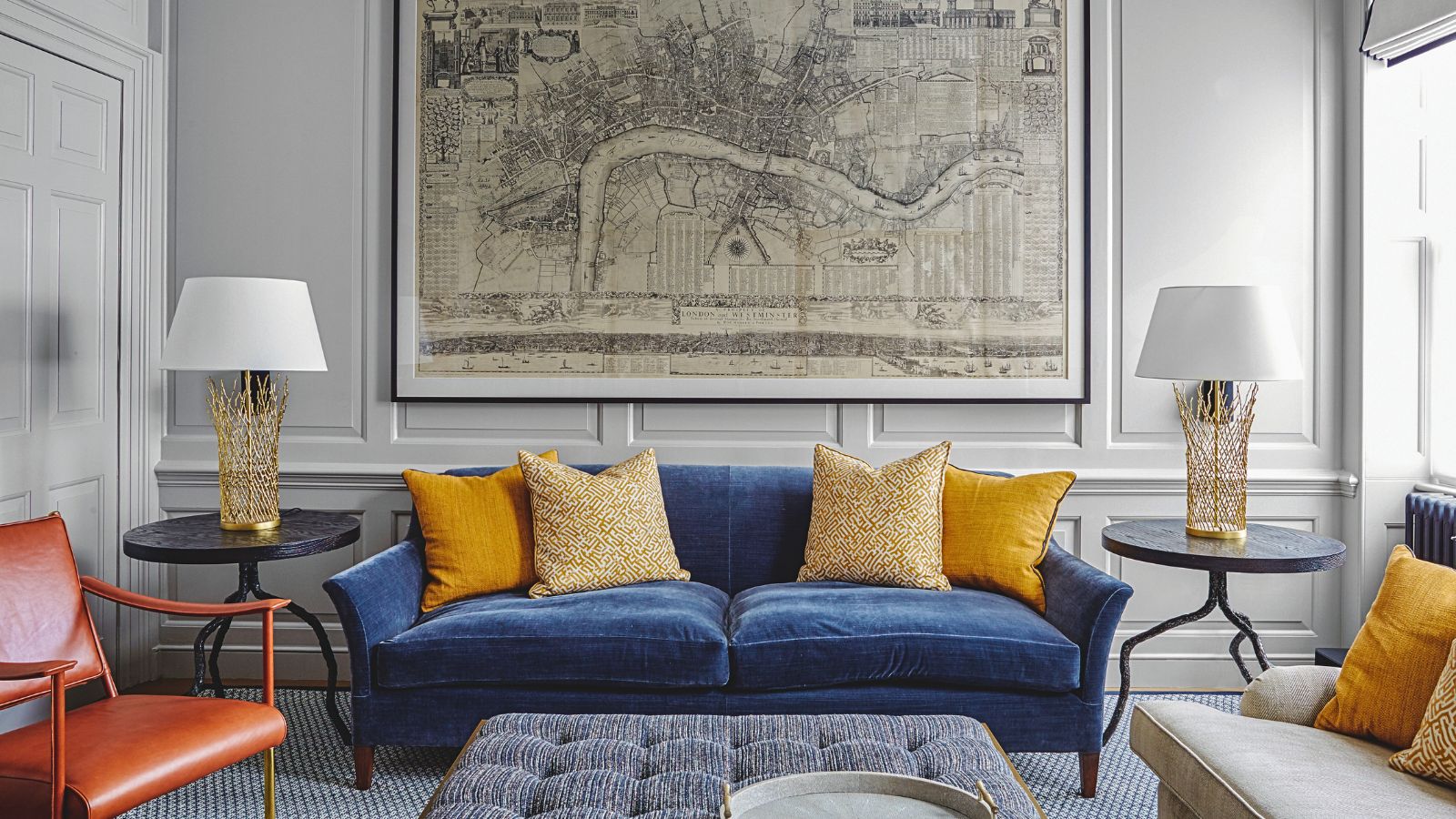
One of the worst parts about decluttering is not the physical effort or the mess it can sometimes temporarily make, but the draining, mental toll of deciding which items to get rid of.
That’s where the Reverse Decluttering method comes in to positively flip clutter clear-outs on their head, allowing you to focus on what you love and want to keep instead, then discarding the rest.
I gave it a go and was happy with the results. I also spoke to expert home organizers to learn more about this uplifting decluttering method – and why you should try it for yourself.
What is the Reverse Decluttering method?
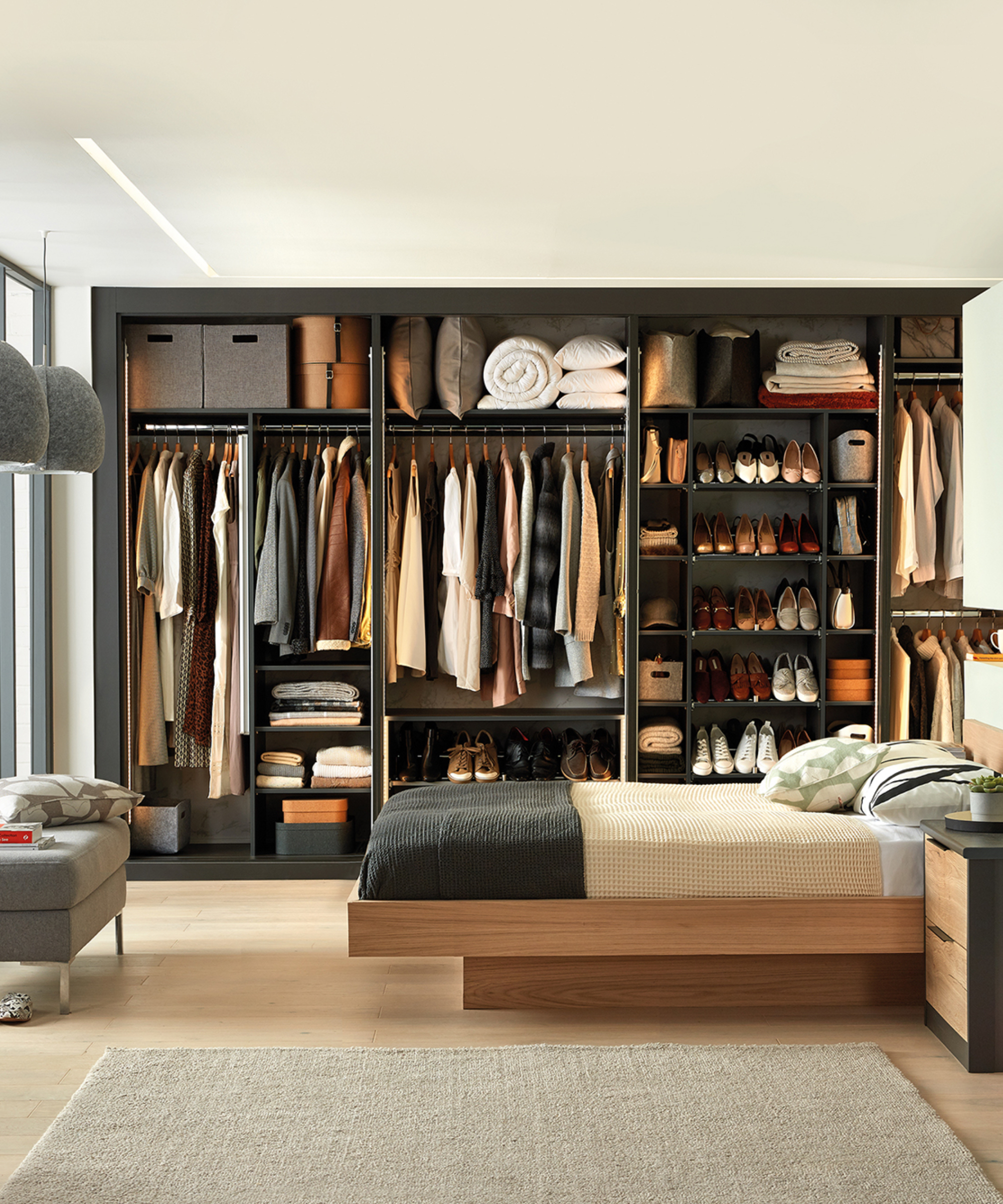
Generally speaking, decluttering tips force you to focus on the negatives – the items you don’t like, don’t use, and don’t want.
The Reverse Decluttering method on the other hand, focuses on the positives. A little like the KonMari method, you decide which items you love, use, and want to keep, working out if an item sparks joy rather than dread.
Once you figure out the items you want to keep, you simply discard, recycle, sell or donate the remainder.
I found using this positive approach in my home worked really well when I was decluttering as I go, lumping the task in with my regular tidying techniques.
As I was only tackling small areas at a time in small time chunks, working out what I wanted to keep made the task a breeze, rather than hours-long clear-outs that resulted in more mess than I started with.
In my experience, decluttering the things I don't want leaves me feeling guilty about items I spent money on but didn’t get good use out of. All in all, traditional decluttering leaves me feeling burnt out, and I end up decluttering when I feel overwhelmed. Reverse Decluttering was therefore a breath of fresh air.
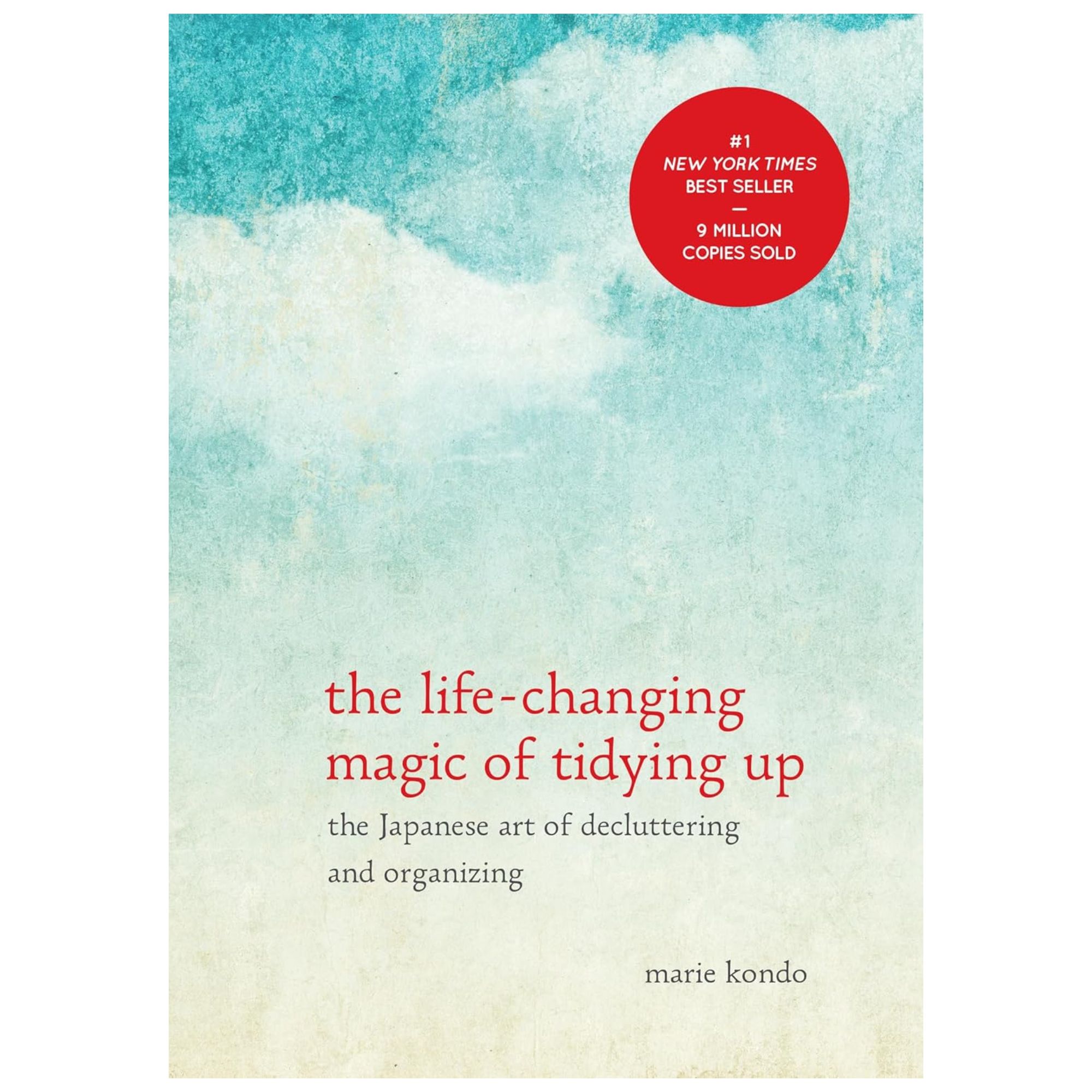
This New York Times bestselling book packs so much information into a mere 200 pages, teaching you about the joy of organizing to take the stress out of your home.
What happened when I tried it
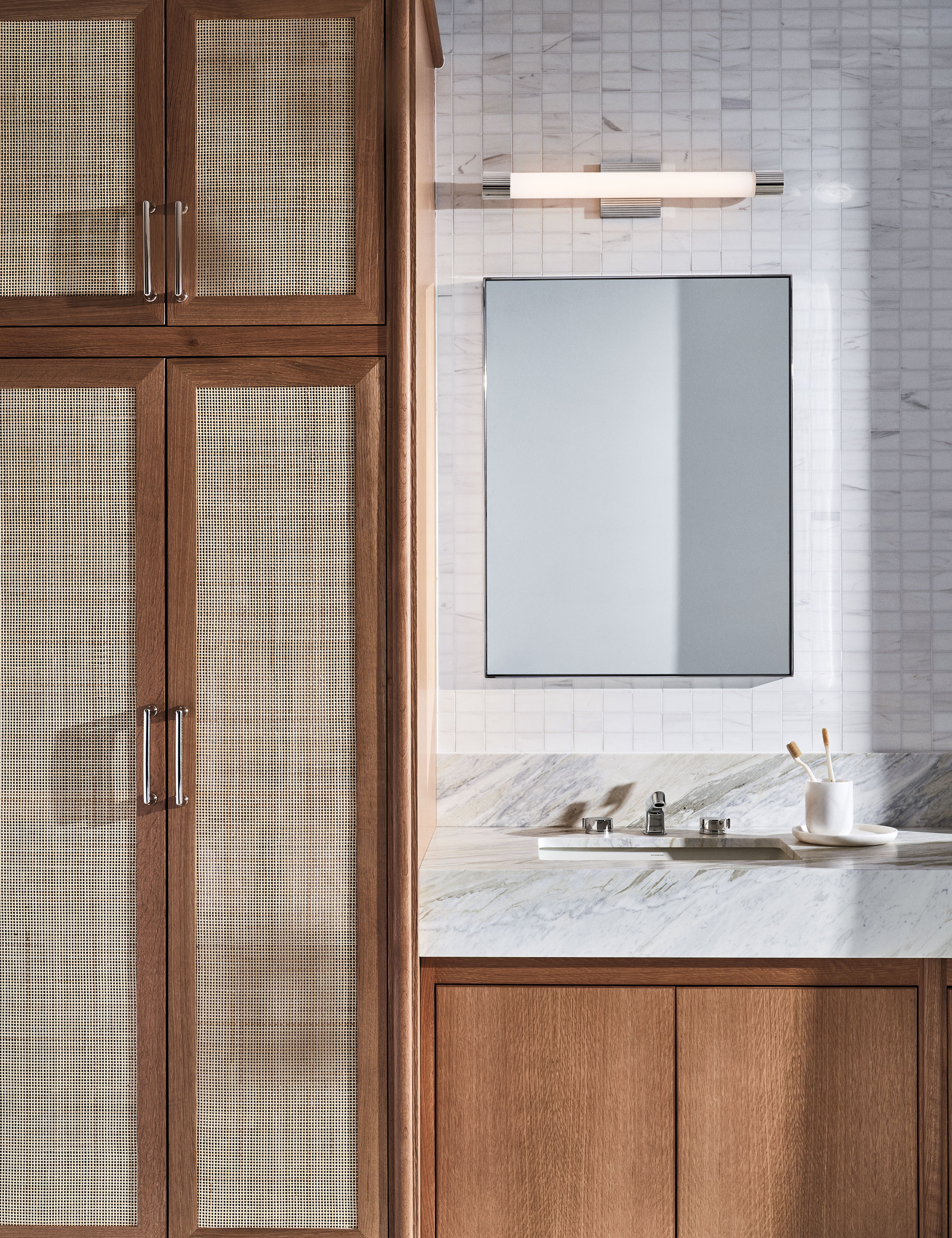
I saw the best results using the Reverse Decluttering method in my home when I had to clear out a bathroom drawer to find a missing razor.
Rather than making the common bathroom storage mistake of throwing everything back in at once, I put back only the items I knew I loved and used, such as the backup bottle of my favorite body wash or the spare bottles of moisturizer.
The stuff left out on the bathroom floor were all items I did not naturally gravitate towards, and, surprisingly, they were all things I felt secure either throwing out or donating (if they were unused).
In the past, when I would have focused more heavily on what to get rid of as a first line of thinking, I probably would have held onto them for fear of having ‘wasted money’.
With the Reverse decluttering Method, I didn’t feel stressed or guilty once! It made decluttering stress-free and super speedy.
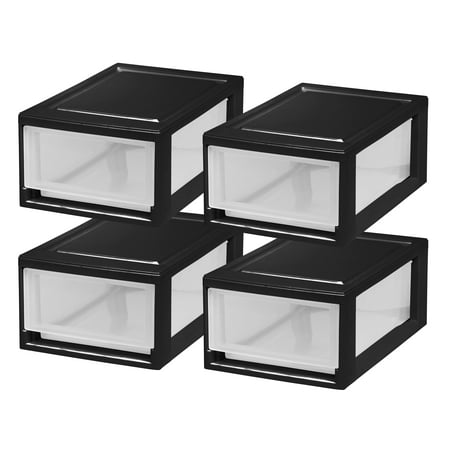
I use stackable drawers similar to these ones in my bathroom to add some much-needed storage to my small bathroom. As they stack I can fit them into the small existing cabinet with ease, customizing the height as needed.
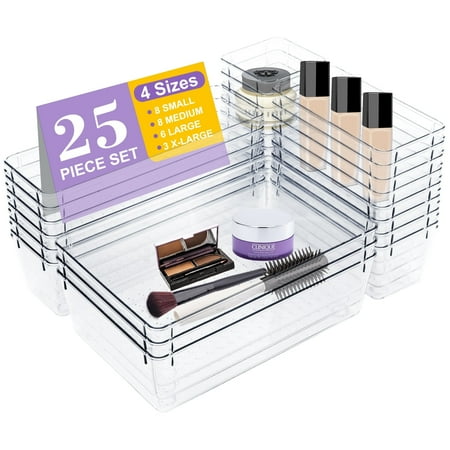
To keep shallow drawers and small items well organized, these plastic dividers are perfect. As they are clear acrylic, they are easy to wipe clean such a product leak, or water spills.
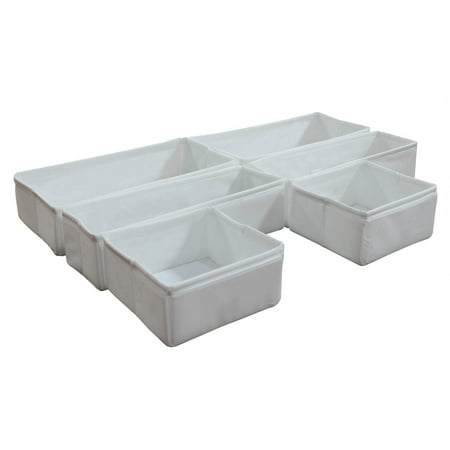
I use deeper storage bins for dry storage in my bathroom drawer, keeping folded face cloths, small hand towels, and unopened products neat in my minimal storage. These fabric organizers come in three sizes and fold down when not in use for easy storage.
Expert tips for acing the reverse decluttering method
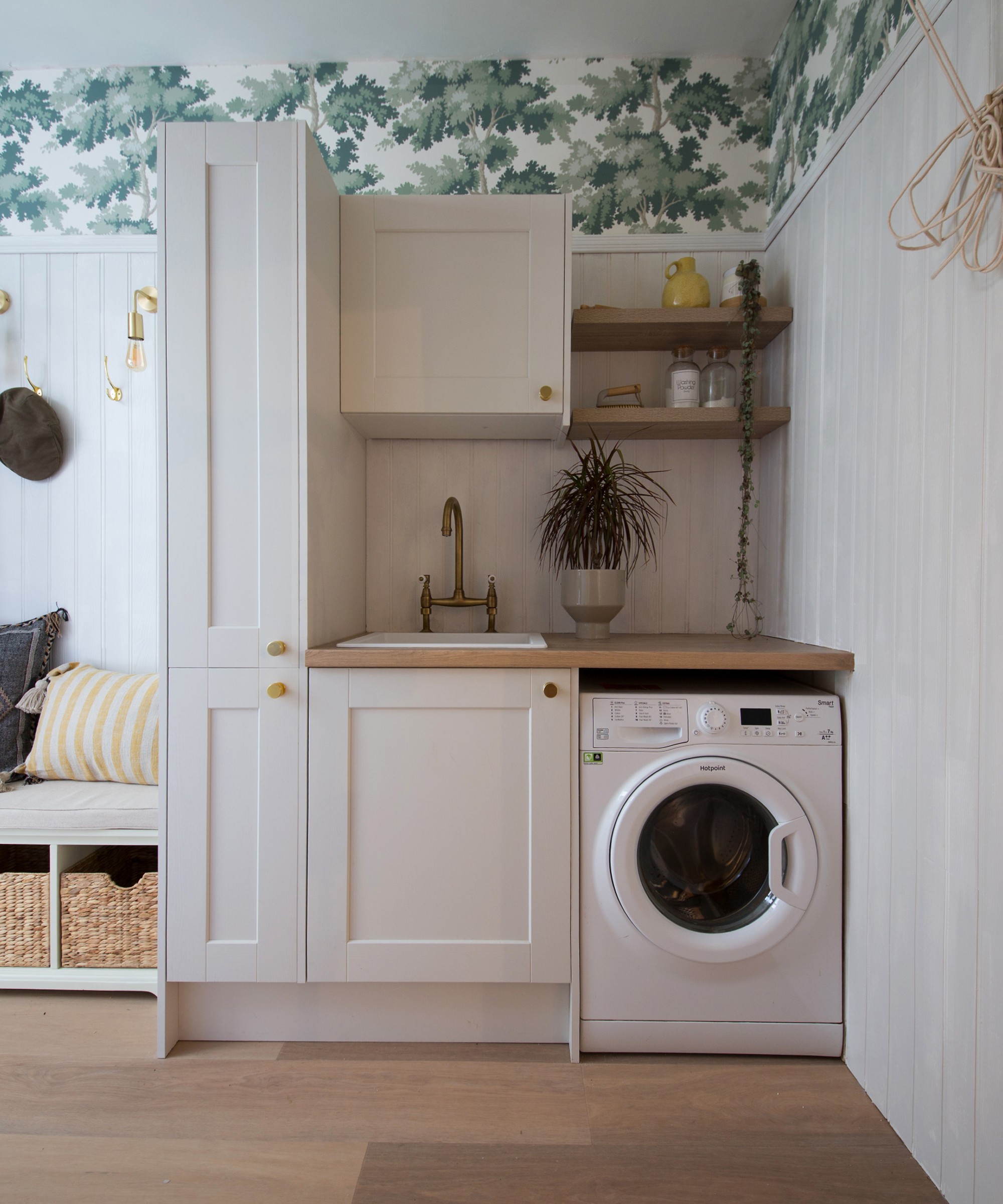
1. Work in small areas
Much like slow decluttering, the aim of the reverse decluttering method is to reduce stress and anxiety – so do not feel the need to declutter a whole house in one day.
Instead, Catherine Hamilton-Cooper, professional home organizer at Declutterbird suggests, ‘Book appointments with yourself, block time out of your diary to avoid procrastination, and commit to making progress during that time.
'Break larger jobs into smaller tasks, and smaller tasks into micro tasks until they feel achievable for you. Set yourself an achievable time limit to complete a task to get the job done, and not get ‘bogged down’ in too much detail. '
Catherine urges you to 'reward yourself for tasks completed and remember that a job done imperfectly is better than a job not done at all.’
2. Set goals
To set yourself up for a successful decluttering session, Diane Quintana, expert home organizer and owner of DNQ Solutions shares, ‘I always start by creating boundaries and guidelines for them to use so that it is easier to remove the clutter from their home.’
Even when you are focusing on what to keep, setting goals can help keep you on track and avoid over stimulation.
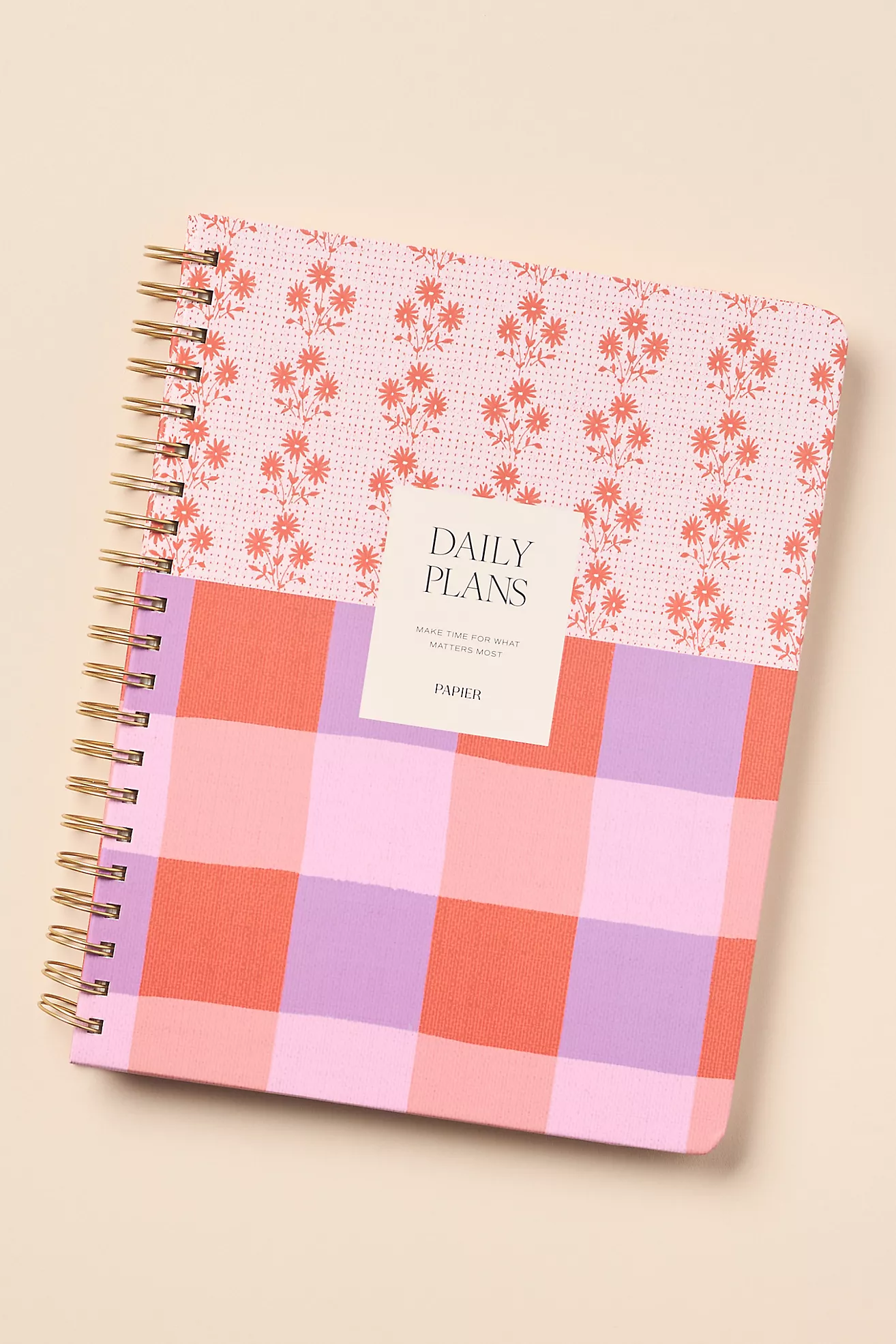
This journal comes with daily to-do lists, habit trackers, and goal-planning sheets to help you set targets and goals for your home.
3. Seek accountability
One downside to focusing on what to keep rather than what to get rid of is that you can fall into the trap of trying to keep and justify everything. That is where body doubling or working with a decluttering partner can help you stay on track.
Meaghan Kessman, professional home organizer, explains, ‘Having someone to support and motivate you can make a big difference. Accountability partners can provide a fresh perspective and help you stay committed to your goals.’
4. Be honest about items
To make the most of this Reverse Decluttering method, try not to think too hard when picking out what you love and deciding what to declutter. You need to go with your first instinct.
Tina Priestly, home declutterist at Ready, Set, Refresh urges, ‘Trust your gut – it’s smarter than you think! While decluttering, you might find yourself playing the hoarder’s advocate, trying to justify keeping things you barely look at twice. If you want to declutter like a boss, listen to your first instinct.
‘If an item doesn't make you smile or you can't remember the last time you used it, it's time for it to find a new home. Keep it simple: if it doesn’t spark joy or utility, send it packing!’

A great way to maintain progress when using the method is to limit yourself on storage space. For example, set a rule that once you have put away everything you love and use, you can only decide to keep other items if they fit neatly into existing storage space, such as baskets you already own.

Under-bed storage can be a great way to keep the items you know you will use, but don't need at the moment out of the way but within easy reach. These bags with clear lids make it so you cannot hide items that make you feel guilty, encouraging you to declutter them.
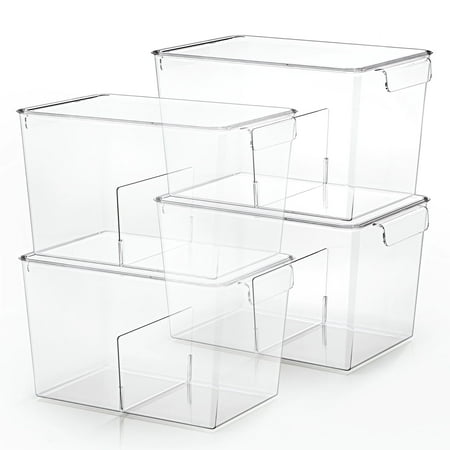
Clear storage bins are a great partner for the Reverse Decluttering method. They keep all the items you decide to keep on display to make them easier to use up, and reduces the urge to stash away guilt-inducing items.
Meet the experts
FAQs
Can decluttering help anxiety?
Decluttering and home organizing have been shown to help reduce anxiety and improve mental well-being. A cleaner, tidier home environment has been linked with improved focus, reduced stress, and a heightened sense of control, creating a calmer mind.
Looking to be more ruthless when decluttering? If the Reverse Decluttering method has intrigued you, but isn't quite the right fit, the ‘out in the open’ decluttering rule or brutal five-second decluttering rule could work wonders.







